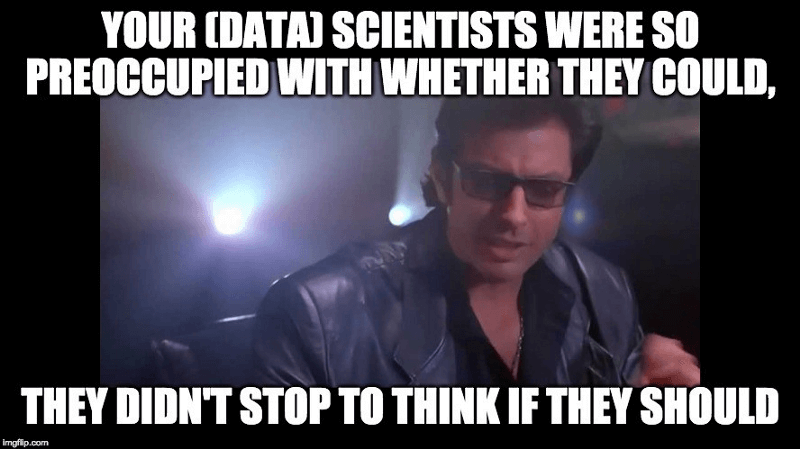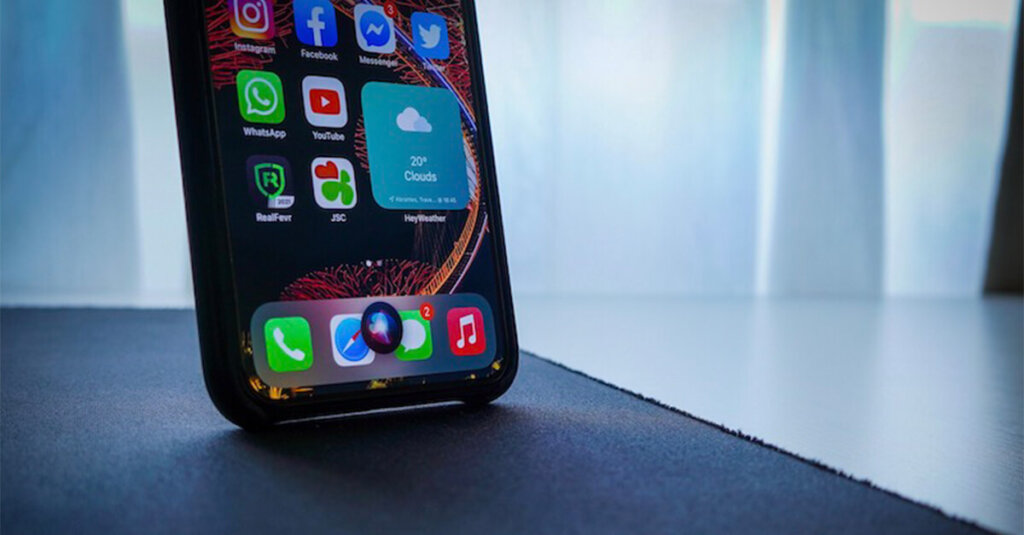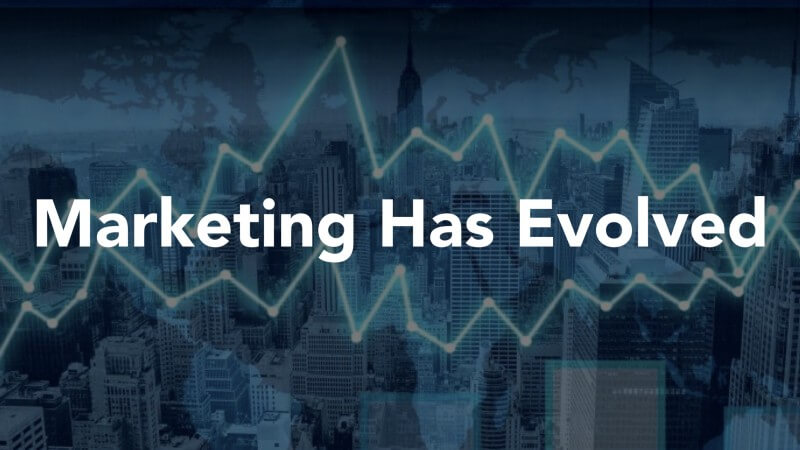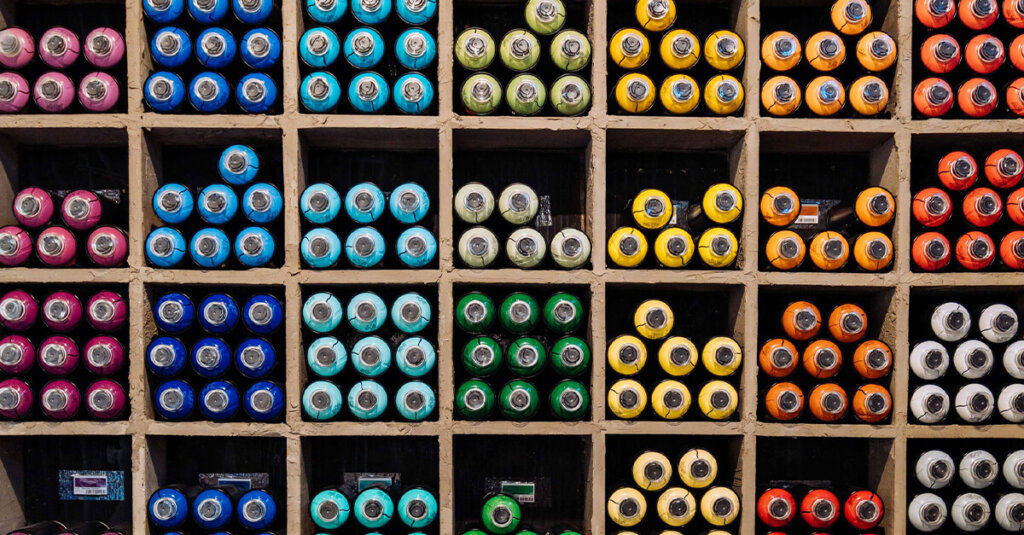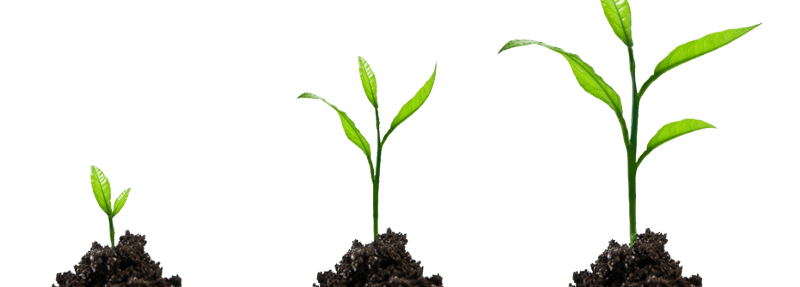
How to think about including Organic Lift into your ROAS
In mobile marketing, advertisers typically judge the performance of their campaigns using return on ad spend (ROAS) measured from users attributed to the campaign through a mobile measurement partner (MMP). Measuring ROAS based on attributed installs or acquisitions is important, but may not fully capture the ROI associated with a campaign, which includes Organic Lift– an increase in organic traffic due to the following effects:
- Users who see ads, but convert beyond a defined attribution window (e.g. click on a Facebook ad but convert after the advertiser’s 7-day click window).
- Users who learn about the app second-hand or third-hand from those who converted via an ad (virality).
- Users who learn about the app through higher app store rankings that result from increased reach and paid acquisitions.
The combination of these results in a number of organic installs beyond the “baseline” — i.e. what you’d expect with no spend at all. Not including any organic revenue toward ROAS results in an overly conservative estimate, while including 100% of organic revenue in a ROAS calculation ignores the possibility of a baseline and may make advertising efforts appear more lucrative than they really are.
We’re planning to release a model for Organic Lift in the near future and here’s are some key concepts we’re taking into account:
1. Optimize your attribution model
Although organic lift refers to non-attributed revenue, the first step to getting a good estimate of it is to make sure your attribution model is reliable. Errors in attribution can confound an organic lift analysis by producing false trends in organic and paid installs, which will result in an organic lfit model picking up on the misattribution which is not “true” organic lift. Properly accounting for attribution that’s not available at the user level (Facebook VTA, Apple LAT, etc) is important.
2. Seasonality can produce misleading correlations
Failing to account for seasonality in an organic lift analysis will often result in an overly optimistic estimate of organic lift. Certain days of the week or times of year can naturally feature a higher organic baseline, and at the same time feature greater impression availability and therefore more paid volume. This is a classic example of correlation potentially being mistaken for causation, if one assumes that the increased paid volume is fully responsible for the increase in organics on those days.
3. Organic lift effect is often delayed
Much like attribution models account for a delay between a view/click and an install/conversion, it’s important to recognize this effect in organic lift. In fact, for things like word-of-mouth, the delay between marketing efforts and the resulting organic increase may be even greater on average.
4. Run experiments
Carefully-designed experiments can remove some of the confounding variables and help advertisers better infer causality between marketing efforts and increased organic traffic. An example of such an experiment would be to pick two similar but not entangled audiences, run campaigns in one but not the other, and then compare the resulting organic traffic.
5. Think carefully about the value of organics driven by paid spend
Because one does not know specifically which organic users were acquired as a result of which paid campaign, some assumptions need to be made on their value. A simple assumption of the overall organic ARPI applying to these incremental installs is reasonable, but it’s possible that significant differences can exist between “truly” organic users and those who were acquired as a consequence of paid marketing efforts.
AlgoLift is currently working on a solution for our clients on this topic in partnership with data science researchers from IDE Lab at MIT. We’ll be sharing details about the product we’re releasing over the next couple of weeks.
